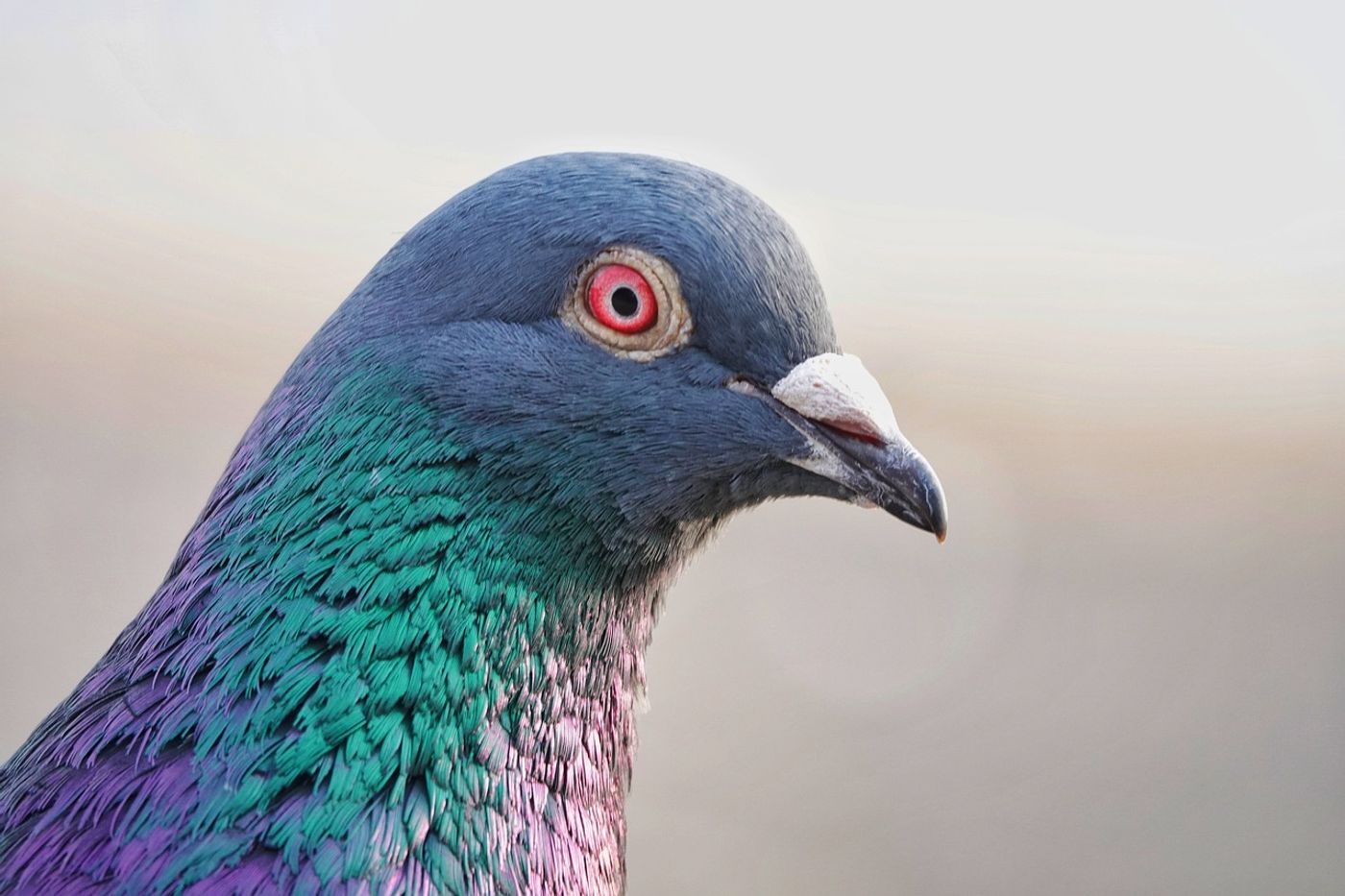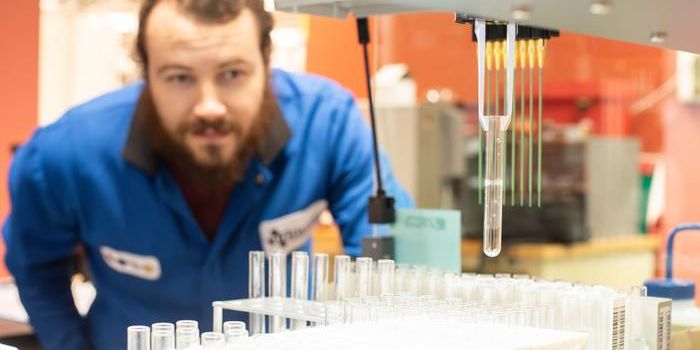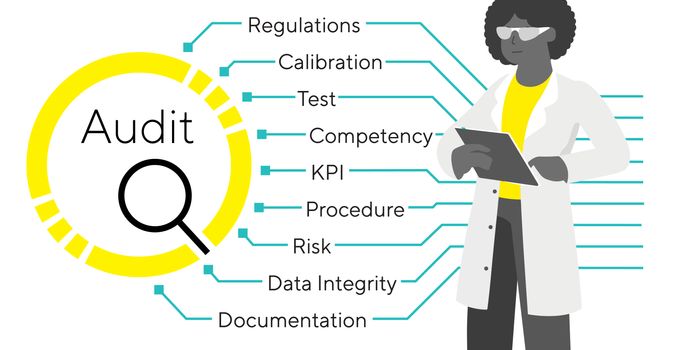Artificial Intelligence and Pigeons Share a Common Trait
The applications for artificial intelligence (AI) continue to grow at an alarming rate, as we now use it for e-commerce, education, finance, data, security, and gaming, just to name a few. But is AI as “smart” as we think, and what characteristics could it share with the way humans, and even animals, learn on a daily basis? Humans share an evolutionary tree with monkeys, so what could AI share an evolutionary tree with?
These are questions that a recent study published in Current Biology hope to address, as a team of psychologists at the University of Iowa compared similarities between AI technologies to the “brute force” learning abilities of pigeons to better understand the mechanisms behind artificial and biological intelligence. This is because the pigeons’ trial-and-error, repetitive learning method mirrors that of artificial intelligence.
"You hear all the time about the wonders of AI, all the amazing things that it can do," said Dr. Ed Wasserman, who is a Stuit Professor of Experimental Psychology in the Department of Psychological and Brain Sciences at the University of Iowa, and lead author of the study. "It can beat the pants off people playing chess, or at any video game, for that matter. It can beat us at all kinds of things. How does it do it? Is it smart? No, it's using the same system or an equivalent system to what the pigeon is using here."
This study came about since AI has become associated with almost everything we do daily, to the point where it’s easy to believe that AI has started “thinking” like humans. But the researchers wanted to know if this was the case, or if it was because of clever human programming?
For the study, the researchers focused on two methods of learning: declarative learning and associative learning. While the former is correlated with using reason and strategy to make decisions, and is ascribed mostly to humans, the latter correlates with making decisions based on object or pattern recognition. While several animal species utilize associative learning, at present only very few are hypothesized to conduct declarative learning, which include chimpanzees and dolphins.
The researchers showed hundreds of stimuli to four test pigeons, who had to decide which was correct by pecking a button. A correct answer resulted in a treat, whereas a wrong answer resulted in nothing. Dr. Wasserman said that arbitrariness is what made the test so demanding, meaning the task could not be solved with either logic or a set of rules.
"These stimuli are special. They don't look like one another, and they're never repeated," said Dr. Wasserman, who has studied the intelligence of pigeons for the last 50 years. "You have to memorize the individual stimuli or regions from where the stimuli occur in order to do the task."’
At the start of the trials, the four test pigeons achieved a 50% success rate, but over the course of hundreds of stimuli they increased their success rate to 68%.
"The pigeons are like AI masters," said Dr. Wasserman. "They're using a biological algorithm, the one that nature has given them, whereas the computer is using an artificial algorithm that humans gave them."
The study’s findings indicated that both AI and pigeons utilize associative learning, but that’s what allowed the pigeons to achieve higher results over the long-term, whereas if humans were to take these same tests, says Dr. Wasserman, they’d achieve lower scores and most likely give up.
"People are wowed by AI doing amazing things using a learning algorithm much like the pigeon," said Dr. Wasserman. "Yet when people talk about associative learning in humans and animals, it is discounted as rigid and unsophisticated."
What new connections will scientists make between AI and animals in the coming years and decades? Is AI really as smart as we think it is, or is it perhaps mimicking humans and animals to accomplish its complex tasks? Only time will tell, and this is why we science!
Sources: Simplilearn Solutions, Current Biology, Iowa Now
As always, keep doing science & keep looking up!









